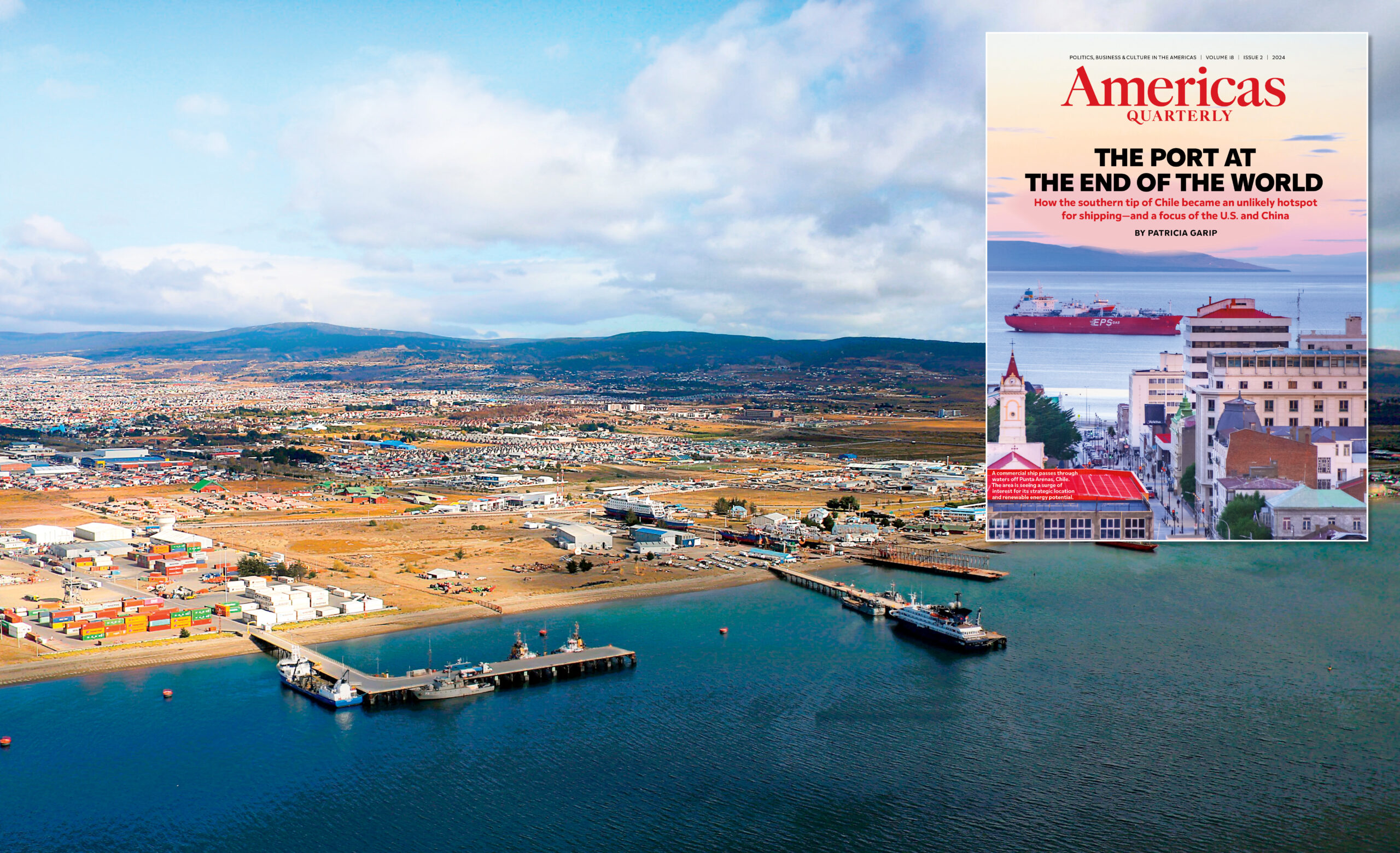Weekly Chart: Shifting Dynamics in Mercosur Trade
Weekly Chart: Shifting Dynamics in Mercosur Trade
How are political and economic changes affecting the 25-year-old trade bloc?
From Venezuela and Brazil’s political and economic crises to Argentina’s change of leadership, South America’s relationship dynamics are changing quickly. On May 23, Brazil’s new Foreign Minister José Serra chose Buenos Aires for his first official foreign visit. Though Argentina is Brazil’s top Latin American trade partner and its fourth-biggest partner worldwide, trade between the two has fallen 42 percent since 2011.
With an agenda to strengthen bilateral relations, Serra spoke to Argentine President Mauricio Macri about revising the trade bloc they helped found in 1991, the Southern Common Market (Mercosur). Serra called for allowing member countries Argentina, Bolivia, Brazil, Paraguay, Uruguay, and Venezuela to sign free-trade deals with countries outside the bloc, which is currently not allowed. Meanwhile, Argentina and Brazil are considering how to respond to Venezuela’s worsening political situation.
Earlier this month, the idea of reducing tariffs on trade with the European Union resurfaced in a Brussels meeting between delegates of the two blocs—a conversation that started in 2004 and still is inconclusive. If these negotiations continue to stagnate, the South American trade bloc could become moot and “miss the trade boat,” says The Economist.
Twenty-five years after Mercosur’s creation, AS/COA Online looks at what the figures show over time.








